Notes from Mathilde Scholl 1904–1906
GA 91
26 October 1904, Berlin
Translated by Steiner Online Library
2. Ellipse, Hyperbola, Lemniscate, Circle

An ellipse is a curved line like this, where all points are equidistant from two points. Two foci.
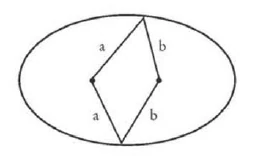
The ellipse is formed by adding two parts that always together form the line of equal length.
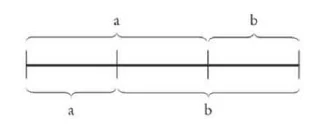
The ellipse expresses physical life in its form.
The hyperbola is formed by subtracting part of a straight line from the whole.
The distance between the two foci is equal to \(a - b\), i.e. \(c\).
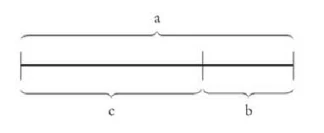
The hyperbola is the line of the Prana, the ether.
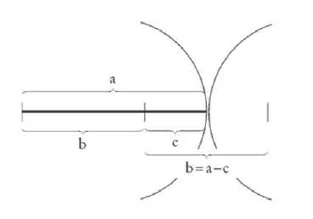
The lemniscate is created by multiplication.
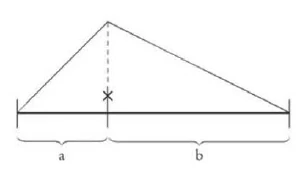
The lemniscate corresponds to the astral body, the Kama; it is the line that describes Kama.
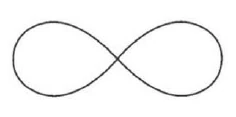
The circle is created by division: a is divided by b.
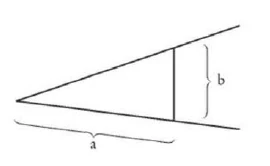
The circle is the line of the mind.
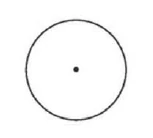
For the ellipse we have two foci. The sun is one focus of the ellipse described by the planets. It is the force of attraction for them. The hyperbola also has two foci.
Präna flows into the person from the outside in and from the inside out. Two worlds flowing towards each other.
The lemniscate in the astral body flows partly downwards and partly upwards in more developed people. It gradually dissolves in the upper part as the person spiritualizes.
The circle changes only within itself, has its whole life within itself (Manas), can indeed form itself differently because it is mobile.
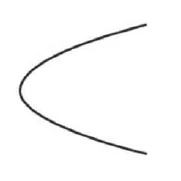
The parabola, the path of the comet, with two sides running into infinity, indicates a transition to other degrees of density of matter. The comet dissolves and passes into the spiritual and forms itself anew out of the spiritual.
2. Ellipse, Hyperbel, Lemniskate, Kreis

Eine Ellipse ist eine solche krumme Linie, bei welcher alle Punkte von zwei Punkten zusammen gleich weit entfernt sind. Zwei Brennpunkte.

Die Ellipse entsteht durch Addition zweier Teile, die zusammen immer die gleich lange Linie bilden.

Die Ellipse drückt in ihrer Form das physische Leben aus.
Die Hyperbel entsteht durch Subtraktion eines Teiles einer geraden Linie von der ganzen.
Die Entfernung von den beiden Brennpunkten ist so viel wie \(a - b\), also \(c\).

Die Hyperbel ist die Linie des Prâna, des Äthers.

Die Lemniskate entsteht durch Multiplikation.

Die Lemniskate entspricht dem Astralkörper, dem Kama; sie ist die Linie, die Kama beschreibt.

Der Kreis entsteht durch Division: \(a\) wird durch \(b\) dividiert.

Der Kreis ist die Linie des Geistes.

Für die Ellipse haben wir zwei Brennpunkte. Die Sonne steht in einem Brennpunkt der Ellipse, welche die Planeten beschreiben. Sie bildet die Anziehungskraft für diese. Bei der Hyperbel sind auch zwei Brennpunkte.
Prâna flutet von außen in den Menschen und von innen nach außen. Zwei Welten, die sich entgegenströmen.
Die Lemniskate im Astralkörper flutet zum Teil nach unten, zum Teil nach oben bei entwickelteren Menschen. Sie geht allmählich in dem oberen Teil auf, wenn der Mensch sich vergeistigt.
Der Kreis verändert sich nur in sich, hat sein ganzes Leben in sich (Manas), kann wohl aus sich sich verschieden gestalten, da er beweglich ist.

Die Parabel, die Bahn der Kometen, mit zwei ins Unendliche verlaufenden Seiten, deuten ein Übergehen in andere Dichtigkeitsgrade der Materie an. Der Komet löst sich auf und geht ins Spirituelle über und bildet sich aus dem Spirituellen wieder neu.

